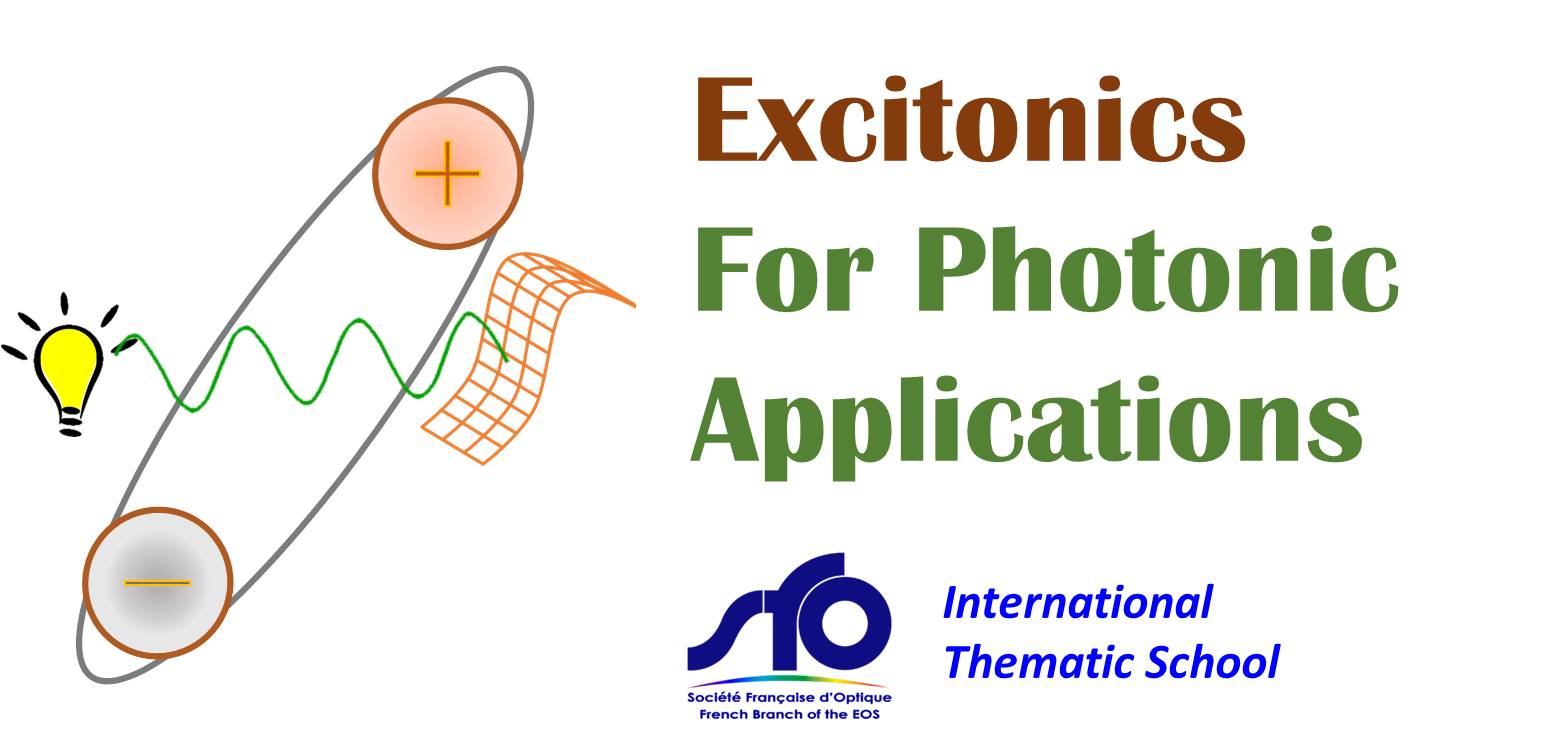What is excitonics ?
Conventional photonic or optoelectronic devices are difficult to manufacture and require complex and costly growth techniques. Over the last decades, the development of organic semiconductors has lead to impressive developments; the most striking example being probably the dissemination of OLED (Organic Light-Emitting Diode) technology in many mass-produced smartphones.
Organic photonic devices combine the advantages of low cost, solution-processability and a high versatility to adapt to almost all existing technological platforms.
Recently, the irruption of novel hybrid organic/inorganic materials has shaken the community. Hybrid perovskites, colloidal quantum dots or low-dimensionality semiconducting nanoparticles pushed the door of the “solution-processable materials for optoelectronics” family.
These new materials not only share some advantages on a technological point of view. They also target the same applications, concentrated around the generation and detection of light. But that is not all. They also share many common physical properties with organic semiconductors, such as tunable absorption and emission spectra in the visible spectrum. More fundamentally however, in all these novel materials, the question of the nature and properties of excitons is central.
In confined systems, strongly-bound excitons guarantee that optical properties are for most part immune to the macroscopic ordering of the environment; while the low binding energies of excitons in perovskites for instance are important to explain their remarkable performance.
Excitonic materials are also at the heart of “green photonics” , because their development is directly oriented towards the production of solar energy and low-consumption solid-state light sources; and also because these devices offer perspectives for using resources and methods that are more sustainable and have less impact on the environment than currently established technologies.


